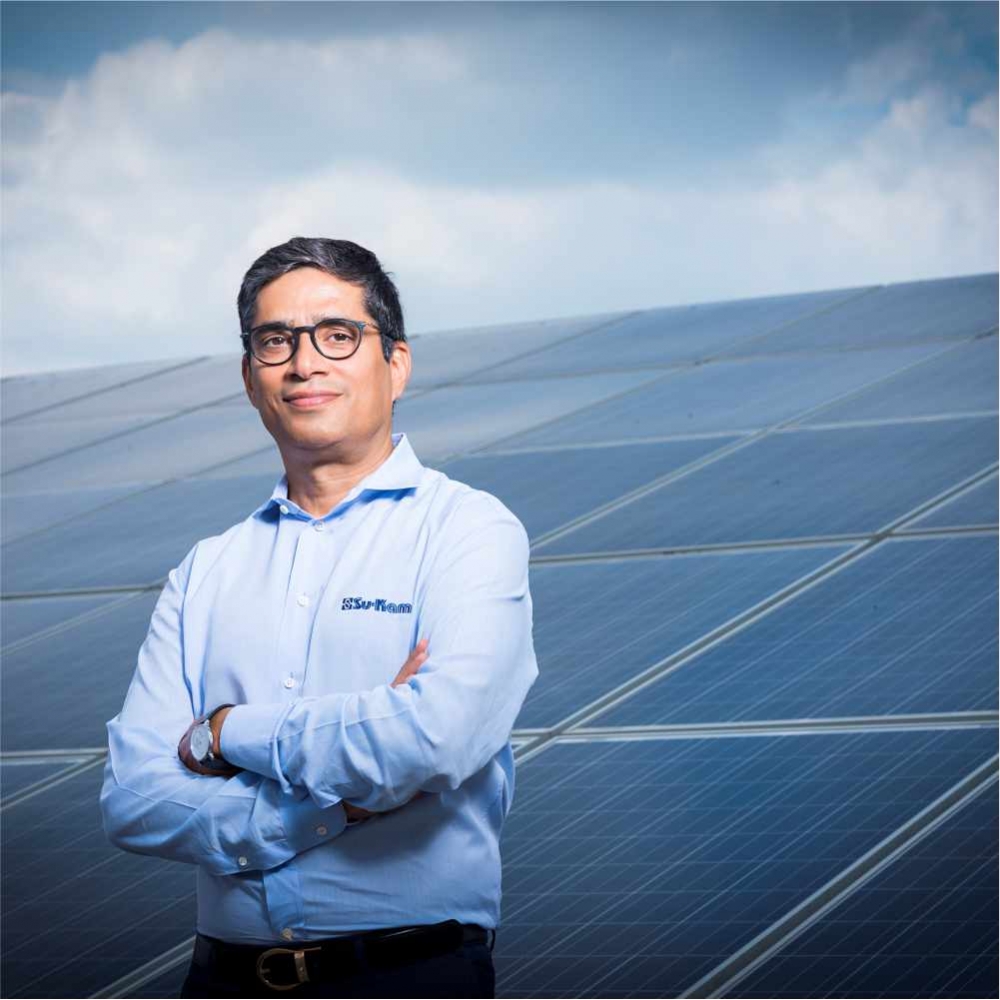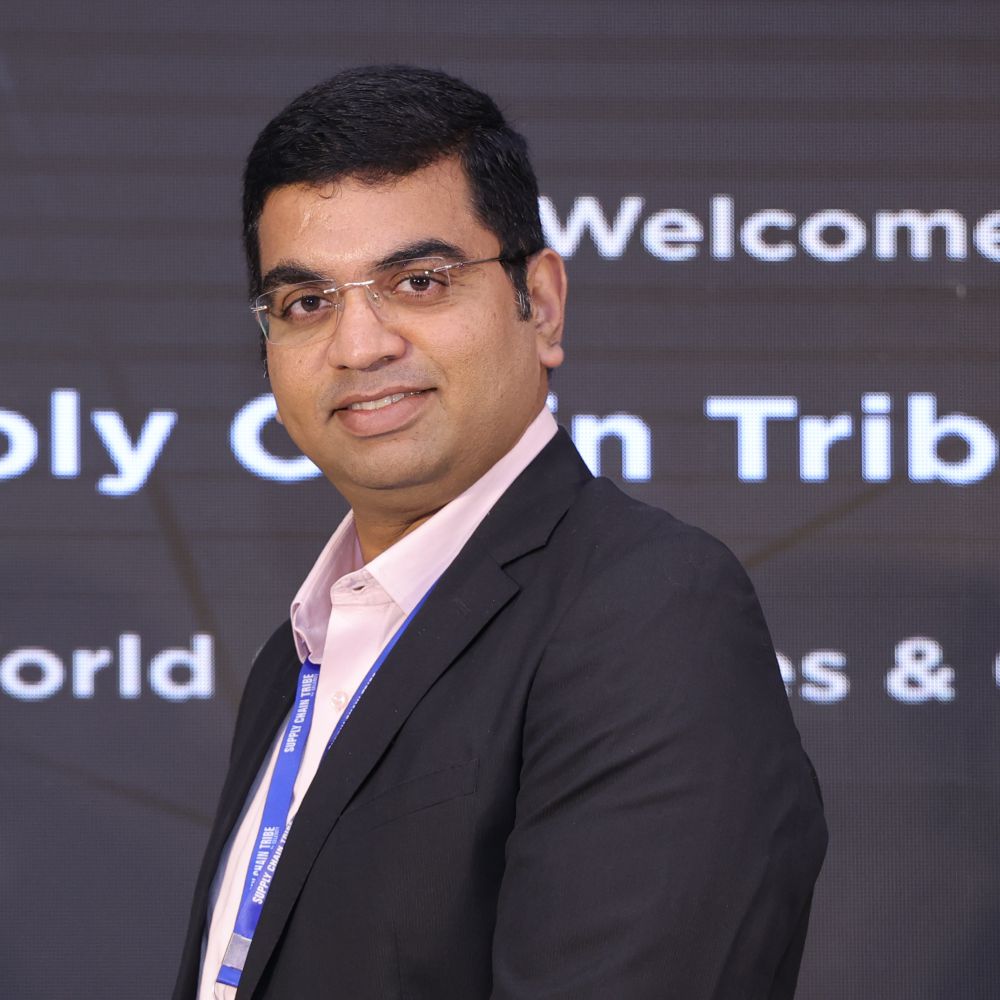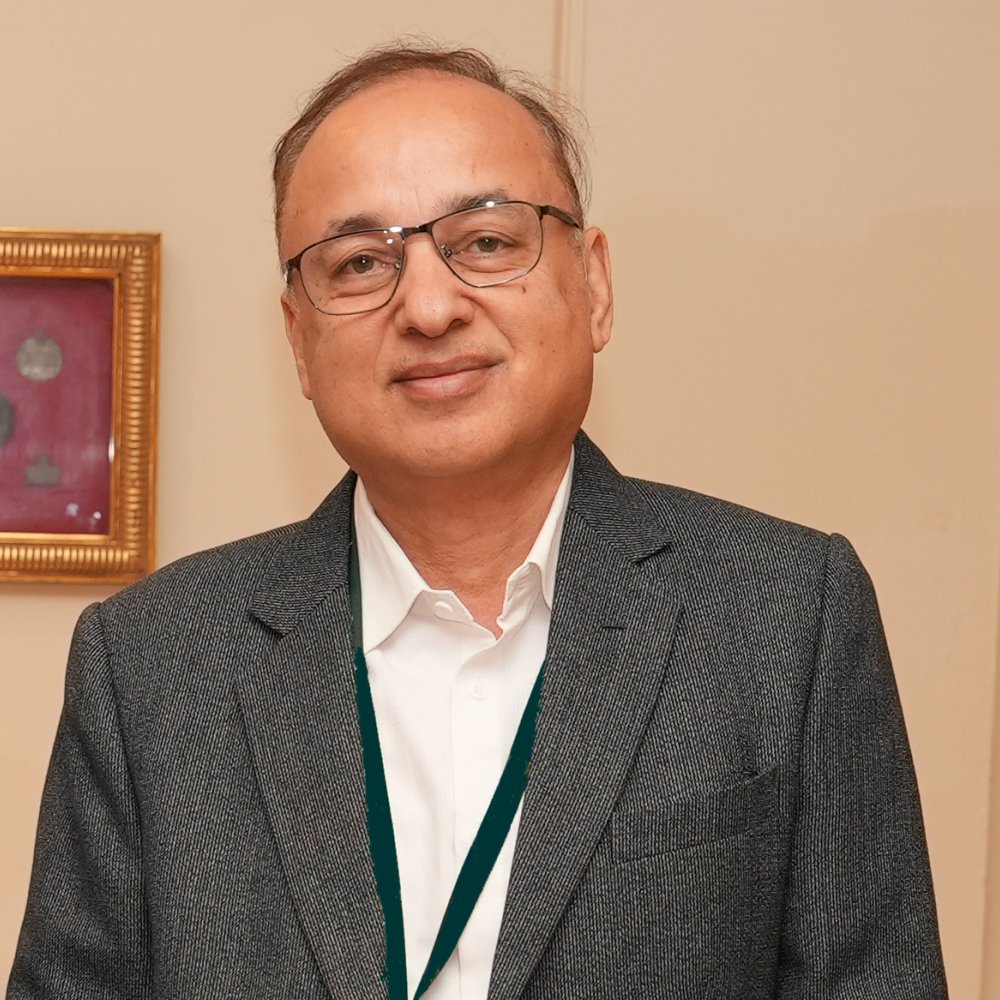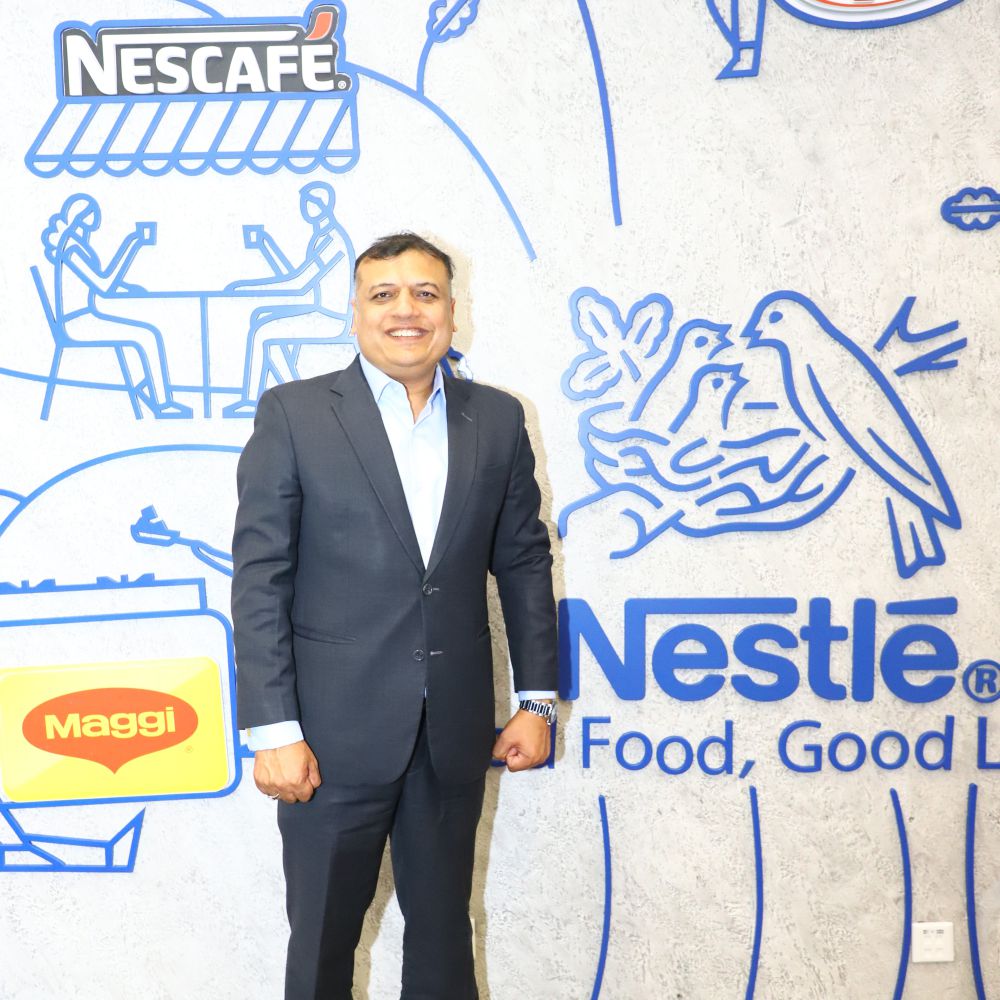“In order to realise the dream of becoming ‘Renewable Energy Capital of the World’ as envisioned by the Hon’ble Prime Minister of India, the country needs to take a leadership role to support the sector growth and address critical challenges in its technological and operational implementation,” elucidates Kunwer Sachdev, Founder & Managing Director, Su-Kam. Today the success story of Su-Kam is the biggest example of ‘Make in India’. Kunwer’s vision is to see every single household powered by solar. Clearly, his mantra is ‘I innovate therefore I am’. Here’s a motivating excerpt of interaction with the visionary himself…
How is the power sector dynamics shaping up in the country?
Availability of power has improved in the country. In the coming years, power will be available in most of the states 24x7. Losses of transmission and distribution losses have been reduced to 5% in Haryana; these losses contribute mostly to power cuts. As of 2017, the utility power sector in India has one national grid with an installed capacity of 330.15 GW out of which, 30.8% of total installed capacity is renewable power plants. India generated the 1,236.39 TWh of gross power by utilities during the fiscal year 2016-17. The total power generation (utilities and non utilities) in the country was 1,433.4 TWh and for the same year, the gross power consumption was 1,122 kWh per capita.
India is the world’s third largest producer and fourth largest consumer of power. Solar power is playing an important role in augmenting the power available, with the continuous developments in the technology in the solar segment; it will be the cheapest available power in the next 10 years. India has set a target of having 100 GW of solar energy and 60 GW of wind power capacities by 2022. As of June 30, 2017, the country’s solar grid had a cumulative capacity of 13.11 GW. India quadrupled its solar-generation capacity from 2,650 MW in 2014 to 12,289 MW by March 2017. The country added 3.01 GW of solar capacity in 2015-2016 and 5.525 GW in 2016-2017, the highest for any year.
Energy conservation is at the helm of your vision & mission. How do you aim to achieve that?
Now, as India’s power requirement is slated to grow at an average of 5.2% between 2014 and 2024, the Narendra Modi administration is increasingly turning its focus towards saving more power. In January 2015, the government had launched the National Programme for light emitting diode (LED)-based home and street lighting. Under this, conventional lamps, which typically use more power, will be replaced by LED lamps that consume 80% less energy.
Government bodies like Bureau of Energy Efficiency (BEE) have taken out the power ratings for electronics and household equipment. Inverters should also be brought under the ambit to ensure that companies manufacture energy efficient devices. Currently, only one inverter has received a 4-star rating, which belongs to Su-Kam. We aim to bring in more of our products under the ambit along with providing LED based solutions for homes that will conserve more energy. Automatic voltage regulators/ stabilizers must be brought under the ambit too as at times, the product is energy efficient but the stabilizer that is connected guzzles a lot of energy, which brings down the efficiency, hence it is important to bring in accessories as well under the umbrella.
You have very rightly said in your message that ‘change the market before it changes you’. How do you plan to do that with your experience, expertise and teamwork?
We are bringing in newer technologies which are more efficient, customer friendly and offered at a lower price, for example, all the new inverters and UPS are solar compatible so they can be converted to the solar inverter by attaching charge controllers with the existing product at any time after the purchase. This can be done at a marginal increase in cost at the convenience of the customer. Secondly, we have combined inverter and UPS in one product, which provides zero switchover time, hence eliminating the need for additional UPSs in homes and offices for IT equipments. Our aim is to constantly innovate and strive for excellence.
Even after government’s thrust on this sector, there exist many gaps. How can private sector bridge those gaps?
Eliminating this gap will require alternative delivery models. This presents a significant opportunity for the private sector. By creating viable models for delivery, the private sector can complement government efforts, bridge the power gap and drive socioeconomic development in rural India. The private firms must make energy efficient products, these seem expensive but in the long term, are cheaper for the customer as they reduce the energy bills and consume power more efficiently. It is our responsibility as well along with the government to create awareness about these products.
At present, there is 8.73 GW of grid connected installed solar capacity in India, out of which rooftop solar is barely around 500 MW. To accelerate the development of Solar Rooftop projects, which have been otherwise slow, Solar Energy Corporation of India (SECI) has allotted a mega tender of 500 MW among hundreds of solar developers early this month. SECI has also announced a scheme for allocating 1,000 MW of rooftop solar capacity on various government buildings. MNRE is providing a subsidy of 25% for government buildings and giving stiff targets to government departments for rooftop adoption. Such initiatives are expected to increase the scale, lower the cost and make it more viable for the private sector to participate.
You have been doing lot of work in solar power space. Kindly elaborate on the game changing propositions that this segment offers?
Su-Kam will be launching a new product that will combine 4 products in one- Off grid inverter, on grid inverter, normal inverter and UPS. When there is a power cut, a normal inverter will provide back-up UPS to ensure uninterrupted functioning of IT equipment by providing zero switch over time, off grid inverter provides back up by storing power in batteries and providing when the sun is not available and on-grid inverter will supplement the existing need of power and selling excess power back to the grid for which government will pay the customer. This product will bring in a paradigm shift in the market.
How do we see India occupying the leadership position in solar powered products?
Solar modules are being produced indigenously; the quality of these panels has been consistently good, in comparison to Chinese products. This is creating a brand image in the international market and people prefer products made in India rather than Chinese products. In inverter and UPS segment, we have already brought about the change and going forward I see Indian products ruling the African and Middle Eastern markets. India now wants to start positioning itself as a key global solar market and not just another name in the list of emerging solar markets. Over the past months, both Prime Minister Modi and the Minister for Power have used the phrase ‘renewable energy capital of the world’ to describe India’s future role in the sector. While one may dismiss that as empty grandiloquence, there is definitely a sense that India has got the most to gain from renewable energy amongst major economies in the world. The country, therefore, needs to take a leadership role to support the sector growth and address critical challenges in its technological and operational implementation.
What are the challenges in operating in such a policy driven sector?
The policy to provide subsidies on the installation of solar power units should be made hassle free; at the moment, it is very cumbersome. The government should also provide subsidy by local state electricity board on generation instead on the installation of a solar system. This change will simplify the installation process and claiming of the benefits much easier. The implementation issues of net metering with DISCOMs are adding to the challenges. Long waiting in the installation of a net meter (up to 100 days), passive opposition from DISCOMs and lack of training and process protocols at utilities are some of the implementation challenges, which further add up to the issue.
The successful implementation of net metering policy is critical for solar roof-top to grow in the commercial and industrial segment. The grid parity of solar rooftop project in residential areas will still take next 4-5 years. Policy interventions by MNRE such as offering rooftop solar power a higher Renewable Purchase Obligation (RPO) credit can incentivize the DISCOMs to fulfill more of their RPO requirement. This can ease the implementation challenges in net metering.
How do you think the entire entrepreneurial stride happening in India?
I usually hear people say that entrepreneurship is all about taking the risk, but I disagree with the thought. The risk is not the only factor; one must have a business sense which includes many things, a few of them being products planning and testing, efficient functioning of the organization, aligning the whole organization to the common goals. Unexpected financial risks can cause a collapse in your business’ revenue stream if your company hasn’t made appropriate preparations by creating a risk management strategy; this is what happens these days.
What are key aspects that one needs to consider before taking the big bang leap?
Products and services need to be planned extremely well and to be tested thoroughly before launching into the market. One needs to be thorough at the bootstrapping stage.
What do you think of recent government policies and how do you feel that they will fare in the long run?
The government is, fortunately, providing a slew of incentives for the solar sector. But a lot more needs to be done. The implementation of reforms like GST will spell a turnaround for the sector. The reform will have a positive impact on cash flows due to change in the rate of taxes. It will also help us move towards a common market, boost the investment in the country and create a clean environment where entrepreneurs will not be harassed by state government. Other initiatives in the power sector reforms will have a long-term impact on power availability. Improvisation of infrastructure like building the new railway corridor will create increased employment, and provide a better environment for exports and reduce the transportation time, hence boosting business. However, a lot of people are still not aware of the benefits of solar energy. What we require is a strong and focused push by the government towards solarizing India by taking further initiatives of educating people about renewable energy. We also need more schemes geared to promote the use of solar energy.
How are the supply chain complexities being managed in this sector?
Infrastructure improvement like the building of the rail corridors and other developments will definitely provide a boost to the sector by reducing transportation time. GST will improve efficiency in the supply chain; time taken to deliver goods has reduced due to a unified tax system.
What are the key initiatives taken by Su-Kam in streamlining supply chain?
Company performance is effective only if suppliers’ operations are running smooth. No matter how advanced your own production capabilities are, if a supplier misses a delivery or produces sub-standard goods, one will feel the cost. If a supplier is failing to meet his standards, you need to have a process to quickly remedy the issue. The better and faster this can be communicated, the quicker the problem can be solved. Any company supplier relationship management program must include tools to improve misfiring suppliers. After GST kicked in, we are outsourcing supply chain.
How has technology been a differentiator for your company?
Technology implies knowledge and utilization of tools, techniques and systems in order to serve a bigger purpose like solving problems or making life easier and better. Its significance on humans is tremendous because technology helps them adapt to the environment. It has been the driving force behind Su-Kam, hence our focus is always to provide solutions to the problems faced by customers, that’s how we kept building products with newer technological updates and advancements. Su-Kam understands the need of the customer and focuses on innovation. The company manufactures products having high-end technology at affordable prices and constantly evolving features, keeping customer comfort and safety in mind. I am fond of saying that we built this company on three planks: technology, technology and technology. Our engineers not only use the latest, most promising technologies, but they are constantly encouraged to develop new products, experiment with new processes, even think new ideas.
Please tell the other side of Kunwer Sachdev which probably no one knows about?
I believe that I am a simple man who follows a strict regime to maintain physical and mental fitness. I believe that exercise is a key to an individual’s efficiency at work. So, one should never neglect exercise at the cost of work. I really enjoy my workouts, be it swimming, running or yoga. Apart from work, I cannot live without spending my energy on physical fitness.
You are an innovation guru. What have been some path breaking innovations in your journey and how those learnings have you helped you innovate better products for the consumers and the markets?
MOSFET Inverters were the first innovation that led us to a trail of many innovations like sine wave inverters with various capacities going up to 100 KW, all designed indigenously, high frequency inverter, bi-directional inverter and latest being the off-grid & on-grid inverter combined in one product. Each time I kept pushing the goal post ahead for myself and my team. This taught us to keep innovating and thinking big. Su-Kam has been involved in making innovative solar products to suit needs of everyone from a small house in the remote village to big industries.
Please enlighten us on your foray into other countries and how has it been operating in those countries vis-à-vis India?
We are currently exporting to over 80 countries and Su-Kam is a well recognized brand in the African and Middle East markets. Most of these countries have power situation similar to the Indian subcontinent, hence it makes it easier to provide solutions. Apart from that, we also build customized products for a few geographies depending on the product specifications.
Where do we see Su-Kam going ahead when there is lots of competition building up?
Su-Kam is into solar domain and inverters will play a major role here by creating a substitute for imported inverters for both off grid and on grid inverters. Our competition is not from indigenous manufacturers but from inferior quality Chinese products. By manufacturing quality technology at an affordable cost, we can succeed in weeding out these inferior Chinese products from the Indian market.
What’s your growth plan for future?
We are making highly efficient solar products that will enable the return on investment to be reduced to 3 years from 5 years since we are providing solutions that can convert normal inverters to a solar inverter at a very low cost. At the same time, our Grid tie inverters will not only fulfill the energy requirements of the home where they are installed but they will be able to feed excess power back to the grid, hence enabling earnings as well. Solar along with storage will be the next big thing worldwide, so Su-Kam will be a company selling power rather than selling products.
Your message to the government to doing business in India a conducive proposition…
The lesser interference of government in the industrial domain will be more beneficial, for example- digitalization of services is a big step in the direction. Although the government is encouraging the use of solar energy, we require a more proactive approach like the framing of strong policies especially geared to promote the solar energy. We also need to educate more people about the benefits of solar energy. Sufficient incentives should be provided to households to go solar. Net metering should be actively promoted. Although the net metering policy is in place, lack of adequate financial incentives acts as an impediment. It may take 3-4 months from the date of application to receiving a grant of connectivity even for a residential rooftop solar system. There are further shared approvals and clearances between multiple departments such as the regulatory commission, state nodal agencies, DISCOMs, urban local bodies, etc., which may cause delays. The process of obtaining clearances should be made unified, centralized and hassle-free.
Another major challenge is the non-availability of skilled and trained manpower. This couples with loosely drafted rooftop leasing agreement and sharing of roles and responsibilities between the developer and the rooftop owner. Though subsidies are available, the government needs to make it more easily accessible and encourage people to use it. Overall, the government should launch more schemes relating to solar power to reduce the cost of solar power generation in the country.
UP, CLOSE & PERSONAL
What drives you? Providing solutions in the form of products and technology drives me. I can foresee the future problems and this helps me build solutions for them.
Do you take a day off from work or ideation? How important is it to take some time off from your regular work schedule? It is of utmost importance to take some time off from everyday work since this helps me to unwind and recharge and be ready for newer challenges. If it were to me, I would like to take a couple of days off every 3 months but somehow that doesn’t happen, so I try and make the most of the weekends with my family and friends.
What do you do to disconnect yourself from work and start with a fresh thought? Taking a short vacation where I prefer to go offline, spending time in nature and just letting loose freshens me up and fi lls me with a new stream of thoughts.
What’s your leadership style? I like to give a free hand to my team, I like them to develop their own style and bring their uniqueness to the table.
What’s success, according to you? For me, success is to overcome challenges and problems one after the other, it is a continuous process out of one into the other. Overcoming obstacles, no matter how big, is a true measure of success for me. It is rightly said that success is not measured by the position you attain but by overcoming hurdles in your journey.
What’s that one proverb or thought that has stayed with you for years and has helped you in emerging a better leader? The thought that I always wanted to be somebody, that thought persists today as well in my mind as it was 30 years back.
Recent book that you have read and has left a lasting impact. ‘Too Soon Old, Too Late Smart: Thirty True Things You Need to Know Now – Gordon Livingstone’. The book is full of wisdom; this is a collection of pithy observations on how we deal with the hard stuff in life. It was touching and heartbreaking. Livingston lost two children, one to Leukemia and one to suicide, and he shares the lessons he learnt from those losses as well as his knowledge as a psychiatrist. It’s a truly wonderful read.

Categories

Magazine Editions
























